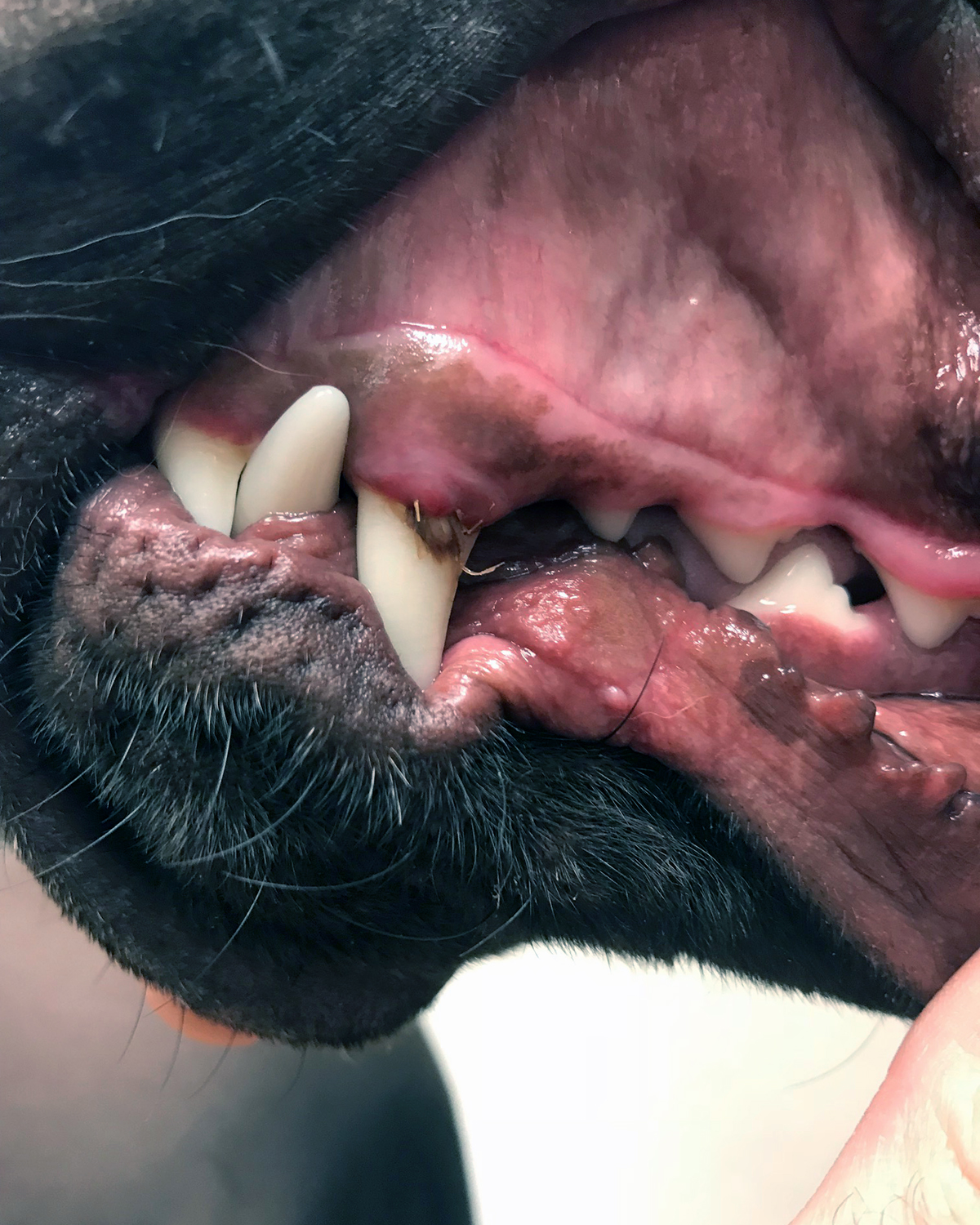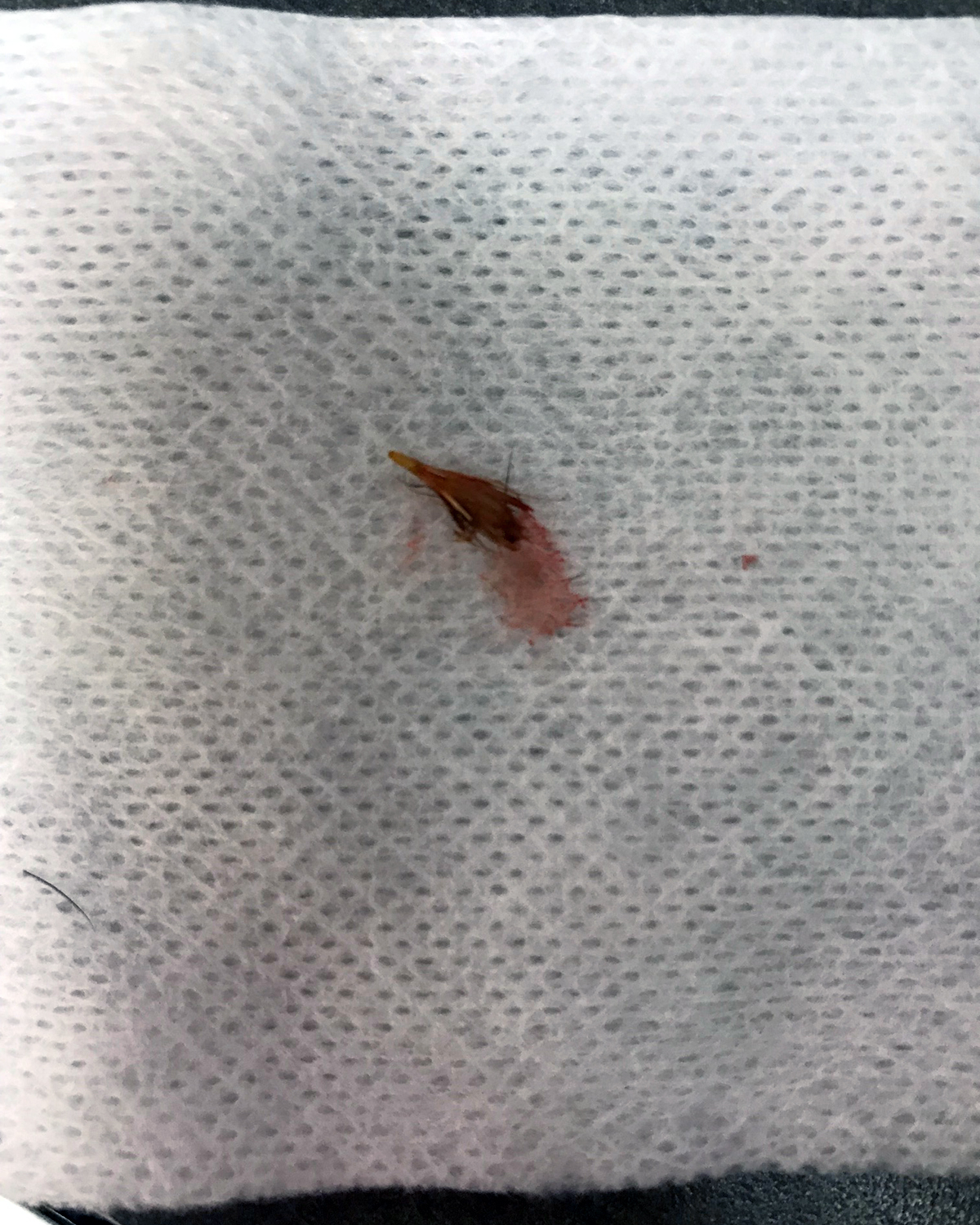A Summertime Menace for Pets
by Rachel Walton, DVM
As a veterinarian, I spend many hours every summer treating pets affected by a common hazard: the foxtail.
The name foxtail is given to a number of grasses that have bushy spikes that resemble the tail of a fox. These grasses are common throughout the western United States. Also called grass awns, these plant seeds may appear harmless, but they are barbed, like fishhooks, which allows them to attach to fur. Once attached, their arrow-like shape allows them to burrow in only one direction – further in. It’s an ingenious design that benefits the seeds by allowing them to plant themselves by burrowing into the ground. However, it has unfortunate consequences for our furry friends.
Many pet owners aren’t aware of the dangers foxtails pose to their pets. As foxtails burrow, they cause irritation and drag along infection-causing bacteria. They can work their way into any body opening, but definitely have preferred locations. While dogs are more commonly affected, cats are subject to the perils of foxtails as well.
Foxtails like to find their way deep in the ear canal and rest next to the very sensitive ear drum. They cause pain and irritation, and if present for a long enough time cause infection and can eventually damage the ear drum.
The eyes are also vulnerable, as foxtails easily get trapped below the eyelids. Obviously, this causes discomfort and in many cases the cornea, or surface of the eye, is scratched or even penetrated.
Foxtails can pierce the skin, often working their way in between the toes and into the armpits or other crevices. The tissues become inflamed, and as the body begins to defend itself against the invader, an abscess will form. In some cases, foxtails can migrate long distances through the body, from the toes all the way to the chest wall, forming abscesses and serious infections along the way. They can even penetrate the chest or abdominal cavity with serious, sometimes even fatal, results.
As dogs commonly use their noses to explore their environment, foxtails can also be inhaled into the nostrils. They lodge in between the teeth or in the gums, tonsils, or other soft tissues of the mouth and throat.
Foxtails have also been known to find their way into the vulva, vagina, or urinary tract – even ending up in the bladder!
Most animals will show early signs of foxtail intrusion: shaking their head; rubbing or licking of the affected area; repeated, violent sneezing; redness of the skin or eye; excessive swallowing; or a wound that won’t heal. If the foxtail isn’t removed, these early symptoms will progress to more obvious signs of infection including discharge and a terrible smell. If you suspect your pet has a foxtail, head to your veterinarian. Early intervention is the best way to prevent complications. Be aware that removal of foxtails often requires sedation because the process can be painful and the affected areas are often delicate.
You can take some steps to outfox the foxtail. Mowing or weed-whacking in the spring before the grasses develop seed heads and dry out is the best start. Keeping your pets out of deep weeds or areas where you see foxtails is optimal. Consider restricting summer walks to well trimmed grasses or sidewalks. Keeping the fur on your dog’s feet clipped can also help. If your pet has been out hiking or in tall grasses, check her thoroughly for foxtails by going over her entire coat and looking in between the toes and around the ears. Regular grooming and brushing is also helpful, not only to remove foxtails but to identify signs of a problem.
Dr. Rachel Walton is a managing veterinarian at University Veterinary Hospital & Diagnostic Center. Originally from North Ogden, Utah, she received a BA in biology from the University of Utah and received her Doctor of Veterinary Medicine from Colorado State University in 2007. Dr. Walton and her husband share two children, two dogs, and two cats.




